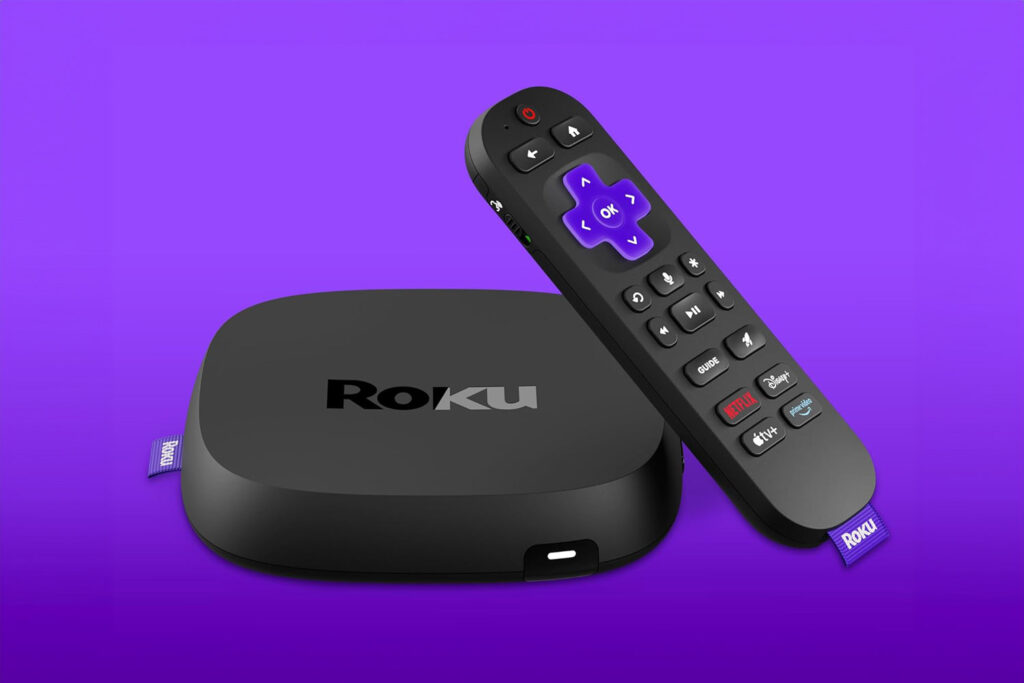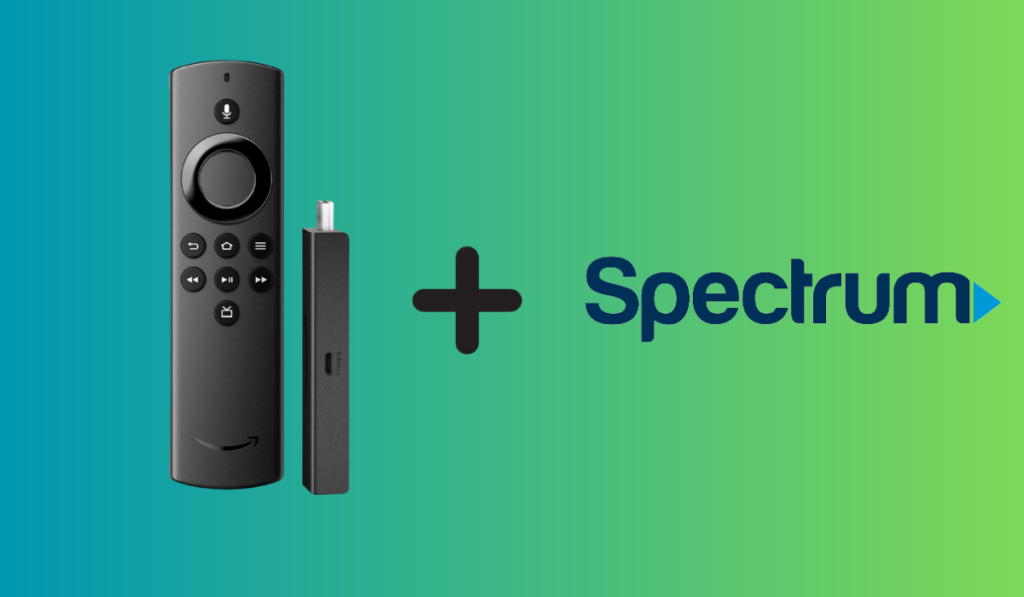Firesticks are a popular streaming device that allows users to access a wide range of content, including movies, TV shows, and music, on their television. While these devices are designed to be the “brains” of your home theater operation, they may not last as long as some users expect.
Firesticks typically last from 2-4 years. Heavy use streaming of higher quality content will wear a device out quicker. Repeated crashes after some simple troubleshooting are a sure sign that it's time to replace the device. Keep your Firestick up to date and in a cool location to help it last longer.
It is essential to note that the lifespan of a Firestick may vary depending on several factors, such as how often it is used, how hot it gets where it's installed, and even the quality of the content streamed. We'll look at the Firestick lifetime in this article in a bit more detail, and after that, we'll look at the specific behavior that should clue you into the fact that it's time to replace your device.
Key Takeaways
- Firesticks typically last between 2-4 years, with heavy usage shortening their lifespan.
- Signs that your FireStick may need replacing include slow speeds, recurring connectivity issues, and frequent crashing.
- To prolong the lifespan of your Firestick, keep it updated, manage its power usage, perform regular maintenance, and monitor its temperature.
How Long Do Firesticks Last?

Firesticks like this one (on Amazon) are a popular streaming device that has been around for a while, used with both smart and non-smart TVs. There are several types (Fire TV Stick, Firestick 4K, Fire TV Stick Lite) and they can be used with various TVs.
So, how long do Firesticks last? As mentioned above, the expected lifespan of a Firestick is between 2-4 years, however, this can vary depending on usage and care. Some users have reported their Amazon Fire Stick lasting up to 6-8 years, while others have experienced malfunctions within a year of use. This certainly isn't typical, with 2 years being a solid minimum that you can expect.
The more frequently a Firestick is used, the faster it may wear and tear out. Similarly, if the internet connection is poor, the device may struggle to stream content, which can cause it to overheat and malfunction. So if you get one and use it constantly, you would expect more of that lower end of the spectrum. Nearer to two years of lifespan.
But how do you know if it's bad – is your Firestick not working or has a solvable issue? Some Firestick problems can be simply cleared with a power cycle or some light troubleshooting. Let's look closer at how to tell if your Firestick has gone bad.
When Is It Time To Replace Your FireStick?
Here are some signs that may indicate it's time to replace your FireStick. We'll look at each of them in detail so that you can attempt a brief troubleshooting round before deciding if your unit needs to be replaced or not:
- Slow speeds/lagging or choppy video
- Recurring Connectivity issues
- Crashing / Blank Screens
- Bonus: Remote failure (may just need to replace remote)
- The device is stuck on the Home screen
Slow Speeds / Lagging or Choppy Video
If your FireStick is taking longer than usual to load apps or content, this can be because the system storage or operating system is struggling to find space to operate.
One quick fix you can try is clearing the cache and data of the app that's causing the issue. This will free up some space and tidy up the operating system and may increase the performance. To clear the cache on your Firestick:
- From the home screen, select Settings
- Click on Applications
- Choose Manage Installed Applications
- Pick the app that has been malfunctioning or the one that you want to clear
- Click Clear Cache
- Go back and choose another app that is having the same problem, or check the apps you regularly use and clear them all.
If this doesn't work, you might have to upgrade to a newer model because the one you have is old enough that it will continue to struggle in the current streaming environment.
Connectivity Issues
If you're experiencing connectivity issues with your FireStick, such as buffering or poor Wi-Fi signal, it may be time to replace it, but there are a few troubleshooting things you can try first. One quick fix you can try is moving your Amazon FireStick closer to your router or using an Ethernet adapter to stabilize the internet connection.
If you move it and nothing improves, consider interference: try moving other devices away from the Firestick.
If none of this helps, then you may be at a point where the WiFi radio inside the Firestick is simply nearing its end of life and failing. And it's probably not worth trying to repair it…time to replace it.
Crashing / Blank Screens
If your FireStick is frequently crashing or freezing, and if you've tried restarting it, updating the software, and clearing the cache as described above, it's probably time to replace it.
As these devices reach the end of life, it's much less likely that you'll have a specific failure like mentioned above, and much more likely a component will fail in a way that randomly gives you crashes and blank screens like this. It's a sure sign that you need a new Firestick.
Bonus: Remote Failure
If your FireStick remote isn't working, one quick fix you can try is replacing the batteries or resetting the remote. If that doesn't work, you may want to purchase a new remote (on Amazon) or upgrade to a newer model that comes with a new remote.
And if you have a universal remote, note that we in fact have articles on controlling a Firestick with a TV remote or controlling a soundbar with a Firestick remote you can check out that may get you out of a pinch here.
5 Tips To Maximize Your Firestick's Lifespan

To ensure that your Firestick lasts as long as possible, there are several things you can do to maximize its lifespan. Here are some tips to help you get the most out of your device:
- Keep your Firestick updated to ensure it has the latest software, security patches, and new features for better performance. Go to Settings > My Fire TV > About > Check for Updates to stay current.
- You also must be aware of your device's power usage and settings. Enabling sleep mode when your device is not in use can help conserve power and extend its lifespan. Adjusting your device's preferences, such as turning off data monitoring, can also help improve its performance, as well as making sure it always has enough power, even if you're powering it through the TV's port.
- Perform regular maintenance on your device, such as restarting it, clearing data and cache, and resetting Firestick to factory settings if necessary. These actions can help improve your device's performance issues and prevent further ones from arising.
- Be aware of your device's temperature. Overheating can cause your device to slow down or even shut down. Try to keep your device in a cool, well-ventilated area and avoid using it for extended periods.
By following these tips, you can help extend the lifespan of your Firestick and ensure that it continues to perform at its best, and you can push that lifespan out to past 4 years and maybe beyond!
To Firestick Or Not To Firestick? (Other Options)
If the potential lower-lifespan of the Firestick is not to your liking, remember you have other options for your home theater!
Compared to the Firestick, a Roku device (on Amazon) – one of the most popular alternatives – can likely get you a little longer in general, especially if you buy a Roku TV with the tech built in. We have a separate article where we explore the potential lifetime of a Roku device a bit more, and you can expect 4 to 5 years of use using Roku's sticks, and several years more when you get their TVs. Alternatively, you can use both Roku and Firestick on the same device.
Apple TV (also on Amazon) for example, offers premium streaming with a sleek design and Apple ecosystem integration. Known for its lasting quality, it typically lasts over 4 years. While pricier upfront, it's worth it for its longevity.
Both of these other options are great, and if you're looking for a “brain” for your home theater operation, we don't think you could go wrong with either. The Firestick, sure, remains a compelling option, and here are our guides on how to connect it to a soundbar, or a projector or even download Apollo Group TV, for a better experience.





